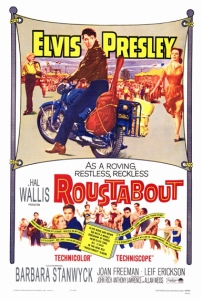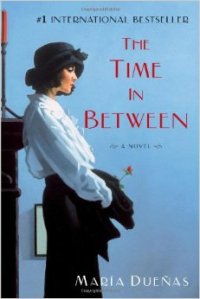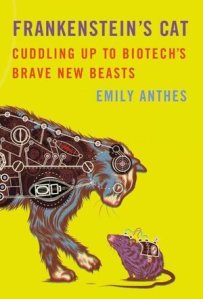I watched a few minutes of the Shirley Temple adaptation of A Little Princess the other day and noticed that the version is actually called The Little Princess, unlike Burnett’s original. That slight edit is probably appropriate for a Shirley Temple vehicle, what with her being America’s singular little princess, but it’s certainly unfaithful to the spirit of the original book, which suggests that the power of imagination can make any little girl a princess. In spirit, A Little Princess isn’t all that dissimilar to Disney, although Burnett’s vision of universal royalty has to do more with politeness and largess than sparkly dresses and princes. (Come to think of it, princes don’t appear anywhere in the book.)
a few minutes of the Shirley Temple adaptation of A Little Princess the other day and noticed that the version is actually called The Little Princess, unlike Burnett’s original. That slight edit is probably appropriate for a Shirley Temple vehicle, what with her being America’s singular little princess, but it’s certainly unfaithful to the spirit of the original book, which suggests that the power of imagination can make any little girl a princess. In spirit, A Little Princess isn’t all that dissimilar to Disney, although Burnett’s vision of universal royalty has to do more with politeness and largess than sparkly dresses and princes. (Come to think of it, princes don’t appear anywhere in the book.)
Here are a couple of quick examples:
- “If I WAS a princess—a REAL princess,” she murmured, “I could scatter largess to the populace. But even if I am only a pretend princess, I can invent little things to do for people. Things like this. She was just as happy as if it was largess. I’ll pretend that to do things people like is scattering largess. I’ve scattered largess.”
- “It’s true,” she said. “Sometimes I do pretend I am a princess. I pretend I am a princess, so that I can try and behave like one.”
- This used to interest and amuse her more than anything else; and queer and fanciful as it was, she found comfort in it and it was a good thing for her. While the thought held possession of her, she could not be made rude and malicious by the rudeness and malice of those about her. “A princess must be polite,” she said to herself.
As Sara convinces herself and others, including a stupid, fat girl unfortunately named Ermengarde and a scullery maid named Becky, it’s possible for anyone to imagine herself into a princess. In fact, the phrase “the Princess Sara”, with that key definite article, is most often used in mockery by people who don’t understand the imaginative possibilities of the word (Lavinia, Miss Minchin).
But there are limits to Burnett’s democratizing, indefinite vision of royalty: Sara’s inner nobility wins her diamond mines and a substitute father, while the scullery maid has to settle for being the personal servant to a near-princess.




